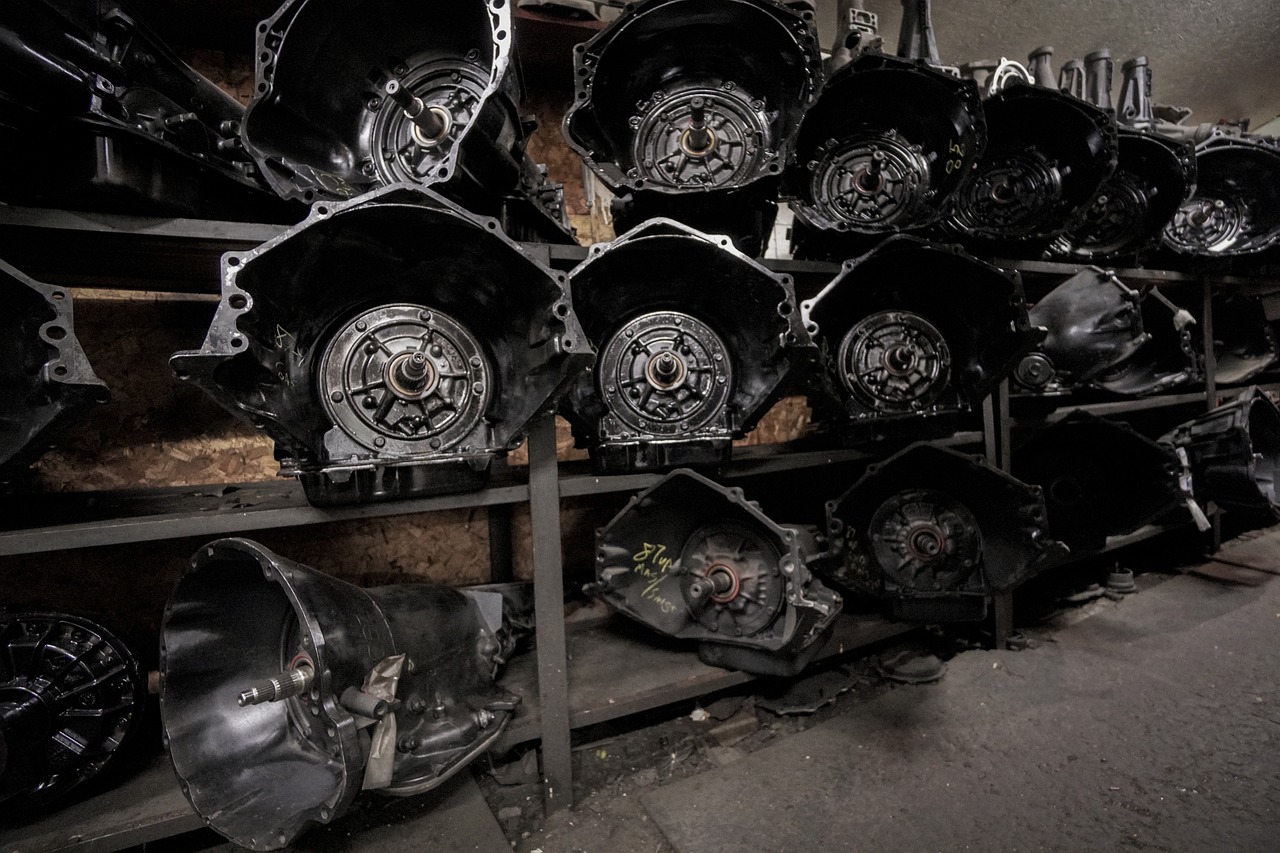Your body has 206 bones. That coyote in your coop has 321.. the chicken had 120. That’s 647 combined parts. The tranny in your Civic has you beat.
When we slide behind the wheel and shift into drive, the magic of automotive engineering silently propels us forward, often unnoticed. At the heart of this seamless experience lies the automatic transmission, a symphony of meticulously crafted components working in perfect harmony (read that bold part again…pretty good, huh?) But what exactly goes into crafting this marvel of modern engineering?
An automatic transmission of a passenger car is a labyrinth of complexity, comprising an average of 800 individual parts.
At the core of an automatic transmission are the planetary gear sets, responsible for transmitting power from the engine to the wheels. These intricate arrangements of gears, clutches, and bands allow for seamless gear changes, adapting to the vehicle’s speed and load without requiring driver intervention.
Hydraulic systems form another critical aspect of automatic transmissions, providing the necessary pressure to engage gears and regulate fluid flow. From torque converters to valve bodies, these hydraulic components work in tandem to ensure precise control over gear engagement and shifting.
Electronic controls add another layer of sophistication to automatic transmissions, with sensors and actuators monitoring various parameters such as engine speed, throttle position, and vehicle speed. This data is processed in real-time to optimize gear selection and timing, enhancing both performance and fuel efficiency.
Beyond these key components, automatic transmissions incorporate numerous smaller parts such as bearings, seals, and gaskets, each contributing to the overall reliability and longevity of the transmission.
In essence, the average automatic transmission of a passenger car is a marvel of modern engineering, comprising hundreds of intricately designed components working together to deliver a seamless driving experience. While often taken for granted, the complexity and precision behind automatic transmissions highlight the ingenuity and innovation driving the automotive industry forward.
